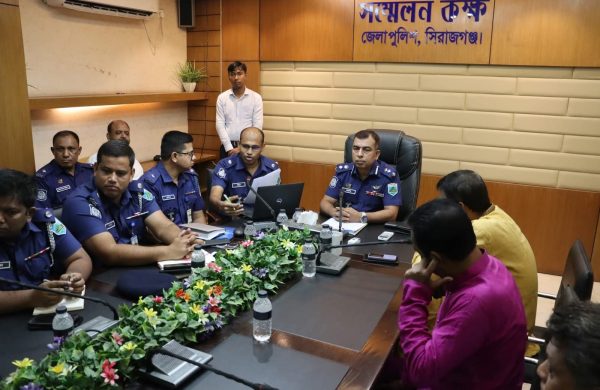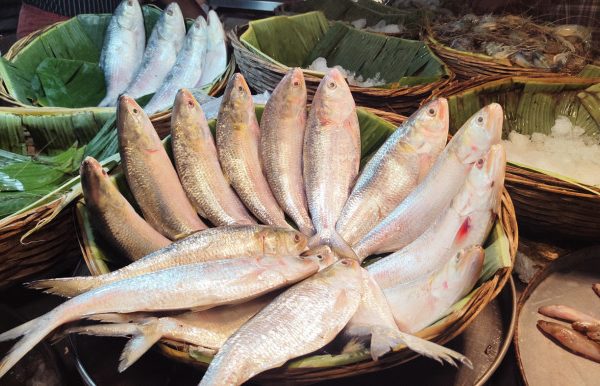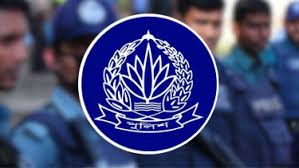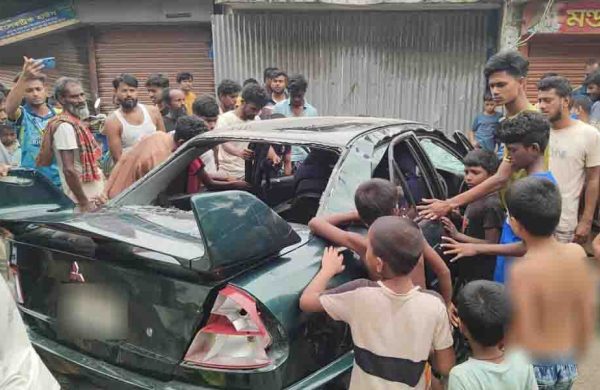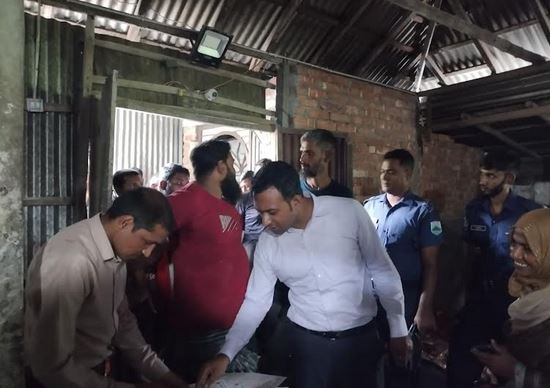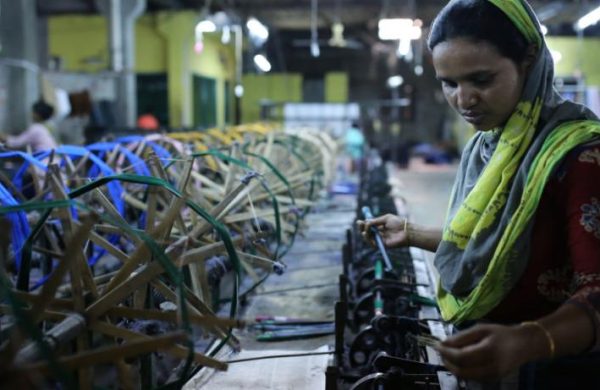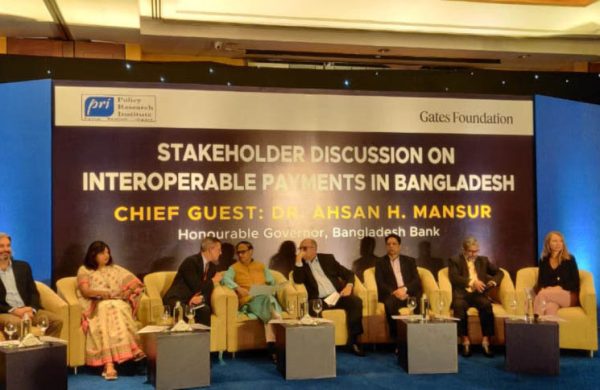Bangladesh railway: costs exceed double the profit
- Update Time : Friday, May 16, 2025
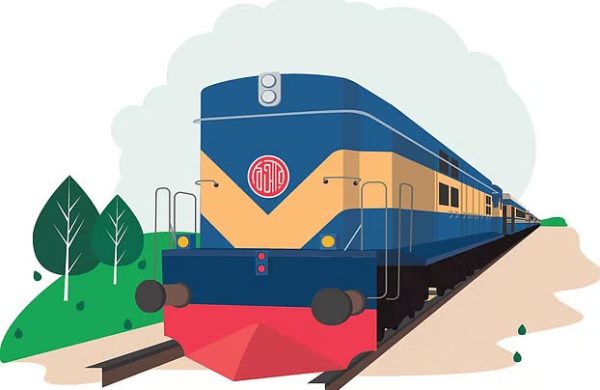
TDS Desk:
Bangladesh Railway is spending more than Tk 2.5 to earn Tk 1. This state-owned public transport agency has been running on loss for years. The railway has taken a series of initiatives to reduce this gap between income and expenditure. Their target is to reduce the gap to below Tk 2 per Tk 1 profit within a short time. The government wants to make the railways profitable in the long term.
The railway sources say the authorities have taken up short, mid and long-term plans for cost cutting. The railway wants to stress on curbing maintenance costs instead raising fares and increase revenue through operating more trains on routes that make more profit and by leasing out the vast land properties owned by Bangladesh Railway. Besides, it has set a target to reduce maintenance waste.
Railway figures show it earned Tk 8.36 billion in the six months from July to December last year from passengers, freight and other sectors. At the same time, it spent Tk 21.48 billion. The deficit from the railways stands at more than 20 billion on average each year in recent times. The railway cost was Tk 1.45 for earning Tk 1 in 2005.
According to the Bangladesh Railway, since independence, it made profit only once in the 1998-99 fiscal. The cost was Tk .96 for an earning of Tk 1 that year. However, the gap between cost and earning only grew after that.
A company’s ratio of income and cost can be determined by ‘operating ratio’. It indicates how efficient and profitable a railway system is. Operating ratio is basically total cost in a certain period divided by the income in the same time. The more the operating ratio, the weaker the company or an organisation is considered.
In case of the ratio of income and cost, the daily expenditure of the railway is taken into account. The daily expenditures include salary-allowances, fuel cost, maintenance cost and pension and arrears of retired employees.
The railway’s main sources of income are freight and passengers. Apart from that, the railways also earn a little leasing out its lands.
Railway sources say the operational cost of Bangladesh Railway has increased at a rate of 10 per cent in recent years. However, the growth of revenues is less than 5 per cent. A significant portion of railway’s income comes from transporting cement, fertiliser, jute, fuel and food products. It has also been dwindling over the recent few years. No effective initiative has been taken to increase freight train services.
During the 15-year-rule of Awami League, more than Tk 1 trillion was spent for railway’s development under different projects. Most of this money was foreign loans. The government now is paying the instalments for loans against various mega projects including the constructions of Padma Bridge Rail Link and Chattorgram-Cox’s Bazar railway route. However, this huge expenditure is not taken into account in operating ratio.
Shamsul Hoque, professor of civil engineering department at Bangladesh University of Engineering and Technology (BUET) and transport expert, said it’s difficult for the state to bear the additional cost for the gap between income and expenditure. A solution must be found for this.
He further said new railway tracks, engines and coaches were purchased recently at a huge cost. These will get old with time resulting in a rise in the maintenance cost. As a result, the gap between income and expenditure is likely to increase further.
VARIOUS INITIATIVES FOR COST CUTTING
Bangladesh is among the top countries in terms of construction cost of roads and railway infrastructure. There are criticisms regarding the implementation of unnecessary projects and extension of project deadlines several times during the rule of Awami League government.
The interim government has taken several initiatives to reduce project costs after taking over. Besides, railways ministry adviser Fouzul Kabir Khan also gave directives to curb daily expenditures. Following that, several sectors have been identified for cost reduction.
First, the authorities sought opinions from different divisions regarding what needs to be done to increase the income and reduce the expenditure of the railway. After that, the railways secretary and director general held several meetings with the top officials in the last six months. Different short, mid and long-term work plans were prepared in these meetings. On 30 April, the Planning Commission, railways ministry and Bangladesh Railway held a joint meeting to review the proposals regarding increasing revenue.
Relevant sources said railways spent Tk 35.48 billion in operations in the 2023-24 fiscal. Of this, Tk 9.46 billion were spent for pensions of retired railway officials and employees. There is no way to reduce this cost. However, the railway wants to bear the cost from the budget allocated for the finance ministry as it is for other agencies and directorates of the government.
Apart from that, the railway is also stressing on avoiding unnecessary purchase and reasonable repair costs. The government organisation also made a plan to reduce official tours home and abroad.
There is a practice in different government agencies of unauthorised persons using cars. The railway has plans to stop unauthorised use of cars to curb expenditure. It will reduce fuel and repair cost and the expenditure for the salary-allowances of the drivers. The cars purchased under different railway projects are used arbitrarily and the drivers are appointed on an ad-hoc basis.
Relevant sources say it has been decided to curb costs for maintenance of repair of railway buildings, equipment and accessories and to scrutinize the actual need for appointing workers and staff to carry out various railway works on an ad-hoc basis.
Adviser Fouzul Kabir Khan told that, “The railway expenditure must be curbed. Directives have been given to find ways to reduce unnecessary expenditures and to increase revenue. The railway authorities are working on this. New initiatives and decisions are coming soon.”
INITIATIVES TO INCREASE REVENUE
The railway has taken some short-term-initiatives to increase revenue, including addition of 26 metre-gauge and broad-gauge engines and recruiting loco-masters for them to increase product transports and identifying routes with comparatively less passengers to reduce train services on that route.
Officials say the railway has huge demands on the Dhaka-Chattogram and Dhaka-Cox’s Bazar route. So, more intercity trains could be added on these routes. There is no train service for the low-income people on the Chattogram-Cox’s Bazar route. Therefore, some mail trains could be added to the service on this route for the benefit of common people and additional earnings.
At the moment, most intercity trains are run with 10-14 coaches on average. As a result, it is not being possible to realise the full potential of the manpower and the engines. So, directives have been given to run each intercity train with 18-20 coaches at least. This will enable the railway to raise the earnings without any additional fuel cost.
Meanwhile, there are some unused portions of fibre cable owned by the railway. It is planning to lease out those to different companies on a commercial basis. Besides, the authorities have decided to intensify ticket-checking at important stations and on the trains to prevent people from travelling without tickets. Besides, it is also possible to increase the railway’s revenue by leasing out illegally occupied lands owned by the railway after retrieving them.
Official documents say the railway has nearly 62,000 acres of land. Of this, around 3,614 acres of land have been illegally occupied. However, the size of the railway’s illegally occupied land is much bigger, railway officials suspect.
As part of its mid-term plans, it wants to ensure transport of food grains, fertilisers, fuels and other products under government projects through the railway.
Besides, a target has been set to increase income through advertising inside the trains, at the stations and railway lands. The railway traffic officials would fine passengers for travelling without tickets through mobile courts in the past. However, the railway officials no longer have that authority. The railway wants to resume that system.
The launching of Jamuna Rail Bridge has opened the opportunity to carry products in the northern part of the country by freight trains. To realise the opportunity, initiatives will be taken to create new sheds in Tejgaon and Tongi rail stations near the capital.
Apart from these, the railway has taken nine long-term initiatives to increase its revenue. One of these initiatives is to construct shopping malls, residential hotels and office buildings on railway lands not directly involved in the operations and rent those out.
To run more trains, the government transport organisation has planned to purchase 80 metre-gauge and 50 broad-gauge engines to operate more trains. Besides, a total of 500 metre—gauge and broad-gauge coaches and more than 200 freight containers will be added to the service. There is also a proposal to collect 250 coaches to increase commuter train service in areas adjacent to Dhaka.
Nearly 80 per cent of the freight trains from Chattogram and Mongla ports are Dhaka-bound. So there have been proposals to construct yards with advanced facilities to unload the products and preserve them.
Another initiative could be taken to construct another Internal Container Terminal in Nimtali to increase transport of products from Mongla port through the Padma Bridge.
The railway is also aiming to implement a few more projects to construct rail lines as part of its long-term plan, including a new line from Dhaka to Chattogram through Laksam in Cumilla, which will reduce the distance between Dhaka and Chattogram by nearly 90 kilometres and a different railway track from Chattogram’s Fouzdarhat to Laksam in Cumilla for freight trains only.
RAILWAY IS PROFITABLE IN MANY COUNTRIES
Considering the service quality and profits, the Indian Railway is among the tops in the world. The organisation spent Rs .98 against an income of 1 rupee in the 2024-25 fiscal. The railway cost is 63 cents per dollar profit in Canada. Trains are operated by private companies in the US. Most of these companies spend some 30-40 per cent less than their income.
BUET professor Shamsul Hoque said, “One recognised way to increase railway revenue is to increase freight train services. The railway has vast unused lands. The influential persons and political leaders are making the most of these lands by illegal occupation. Some dishonest officials are the prime beneficiary of these. The railway has to make arrangements to make more from its lands. Moreover, the railway has to bring transparency in procurement processes.”
“Trains are still long-distance public transport in Bangladesh. The railway has to increase short distance services by introducing more commuter and circular trains. A monthly ticket system could be introduced, which will open the opportunity for railways to earn more in advance,” he added.


